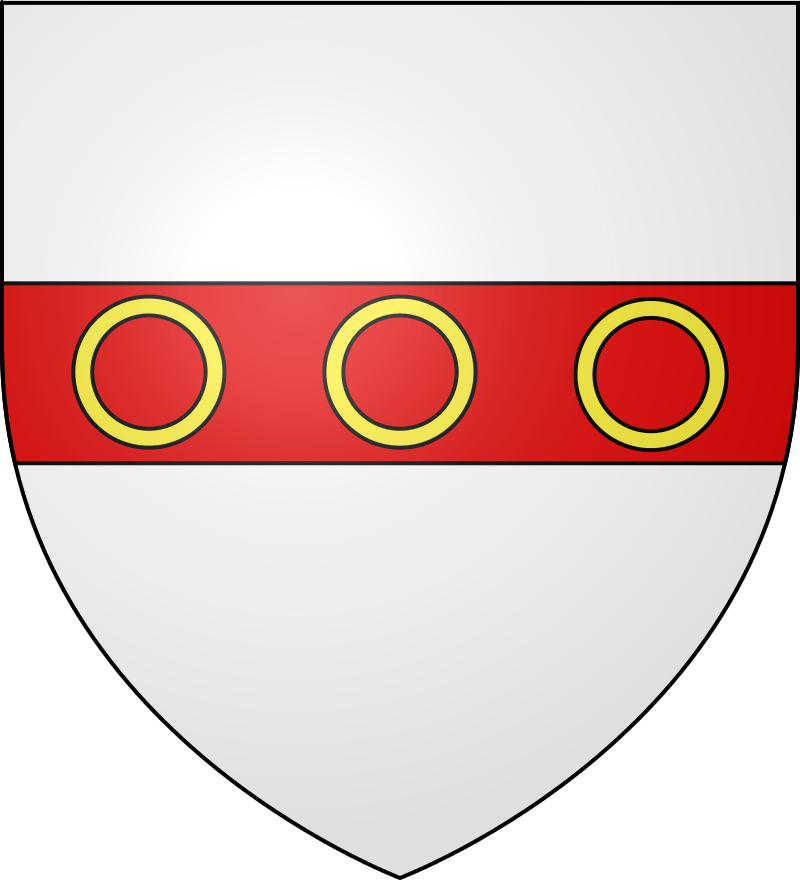Other indication to early settlements are the Roman Baths found in the areas of Għar Għerduf and are today filled and covered up. In Kerċem we also find remains at Għar Għerduf of what once was a Christian cemetery of the third century. About this cemetery or, as De Soldanis called, catacombs, the same historian says: “it has the same form as the beautiful catacombs found at Rabat of Mdina.”, and continues by saying “he does not agree only with the premise that, whilst those of Mdina are underground, ours are at the surface,…”
The Catacombs at Għar Għerduf and the ancient chapels at Kerċem (San Girgor, Santa Luċija, Sant Anton Abbati, San Ġorġ, San Ġużepp, ta’ Santa Katarina and others, early all of which today have been totally destroyed, indicate that, since ancient times, the Christians of this island sought these areas for religious purposes.
Perhaps it would not be mistaken to say that this village began to shape up around one of these chapels built by our ancestors on the upper side of the village in honour of St Catherine of Alexandria during medieval times. From a census in the year 1657, perhaps people living in the vicinities began to move in closer gradually to the parts of Santa Luċija, and perhaps later to those parts of Kerċem near the chapel of San Girgor il-Kbir, built round the year 1581, which was growing in importance through the traditional procession of the 12th March, which procession continued to be organised until the year 1967.
Here, around the chapel of San Girgor, began to develop the village of Kerċem as we know it today. A small village, with a small population which began to increase slowly, until the need was felt for the building of a new and larger church. This church began to be built in 1846, by the benefactors Franġisk and his wife Rosa Camilleri. On the 23rd November 1851, it church was finished, blessed and opened to the public. Later, on the 10th March 1885, this same church rose to the status of a parish during the times of Bishop Pietru Pace, through the Bull “Nostro Pastoralis”, of Pope Leone XIII.
Some time after being established as a parish on the 10th March, 1885, early in 1893, the first school was opened in the village by the Franciscan Sisters of the Sacred Heart, but, for one reason or other, had to close down after some time. In 1921, the first state school was opened in a house in Triq San Girgor. Some time later, on the 11th November 1923, this school was transferred to Triq Sarġ were a large and modern school was built which for many years welcomed many pupils from various villages from Gozo, and which is still in use today.
